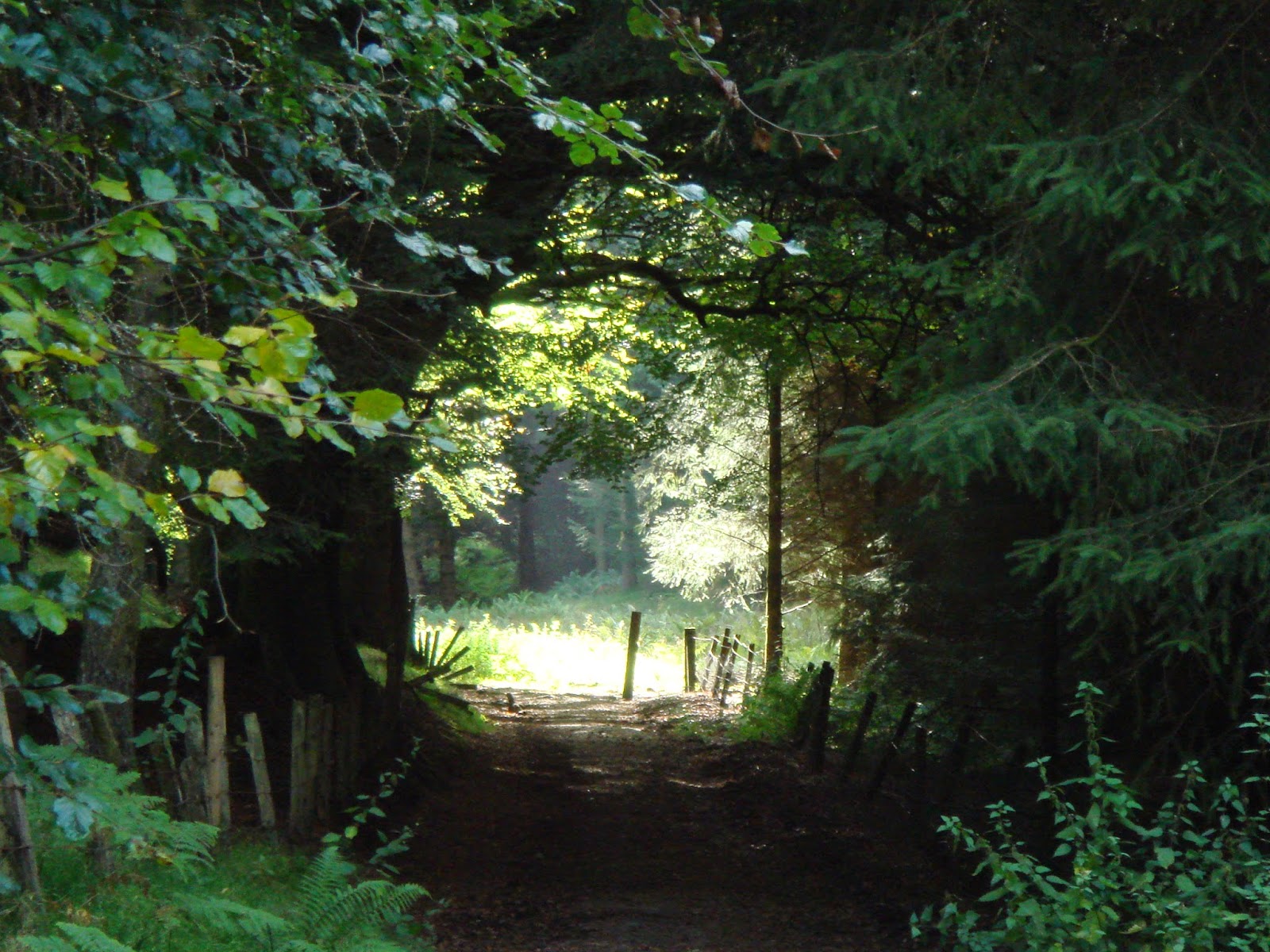[W]e need community of the soul. Whatever our religion or lack of one, we need spaces where we can take rest, compose and compost our inner stuff, and become more deeply present to the aliveness of life. We need to keep one eye to the ground and the other to the stars. We need to learn that when we let loose our wildness in creativity, it is God-the Goddess - or call it Christ, or Allah or Krishna or the Tao - that pours forth. It does so from within as a never-ending river.
Alistair McIntosh, Soil and Soul
Every person needs a perch.
And no meditation on Greater Glasgow's elegant and curvaceous body would be complete without a brief rest upon the perch par excellence, the sky-seat at Cuilt Brae. Nestled on the edge of Mugdock escarpment, the views north to the Strathblane Hills are seriously inspiring. Beneath us is the quaint little village of Blanefield nestled in its own little portion of the exquisite Blane Valley.
It's a beautiful cycle up from Glasgow following the Kelvin cycle/walk way up to Maryhill and beyond. Or, equally, jump on the train with the bike and get off at Milingavie. It's only a short cycle from here (maybe 5km) but the first half is all uphill towards Mugdock village before taking the Old Mugdock Road - aka. the helter-skelter - downhill to Cuilt Brae
You could, to make a circular route, follow the West highland Way up by Craigallian Loch and then just before it emerges onto the B821 road (at the top of the map) take the little path that doubles back up into the forest where it connects with Cuilt Brae (top centre of picture overlooking Blanefield). And then take the Old Mugdock Road back up to Mugdock and down to Milingavie.
Through the woods of Mugdock.... like travelling through the womb.
The sky-seat(s) at Cuilt Brae, and that mind-opening view....
'Geo-Joy-ology' : A Geology of Joy. [The Strathblane Hills from Cuilt Brae]
You could, to make a circular route, follow the West highland Way up by Craigallian Loch and then just before it emerges onto the B821 road (at the top of the map) take the little path that doubles back up into the forest where it connects with Cuilt Brae (top centre of picture overlooking Blanefield). And then take the Old Mugdock Road back up to Mugdock and down to Milingavie.
Through the woods of Mugdock.... like travelling through the womb.
The sky-seat(s) at Cuilt Brae, and that mind-opening view....
'Geo-Joy-ology' : A Geology of Joy. [The Strathblane Hills from Cuilt Brae]





